DPS Telecom NetGuardian SUI User manual
Other DPS Telecom Measuring Instrument manuals
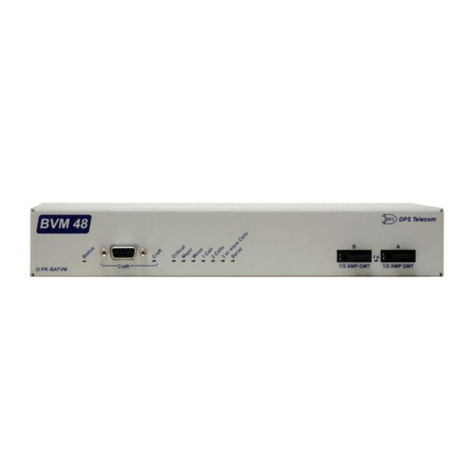
DPS Telecom
DPS Telecom BVM 48 User manual
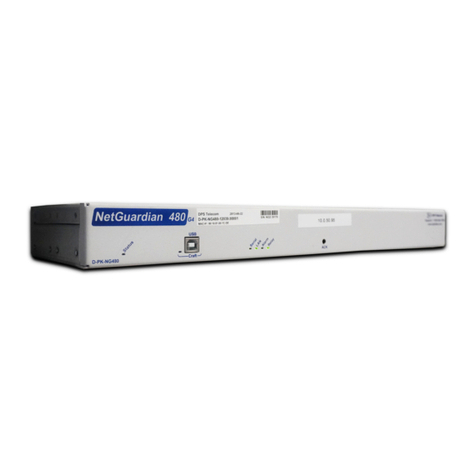
DPS Telecom
DPS Telecom NetGuardian 480 Quick reference guide
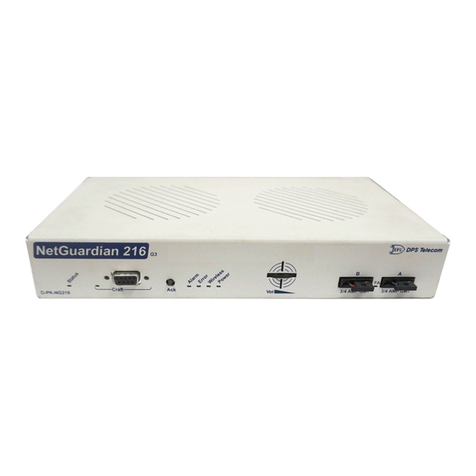
DPS Telecom
DPS Telecom NetGuardian Quick reference guide
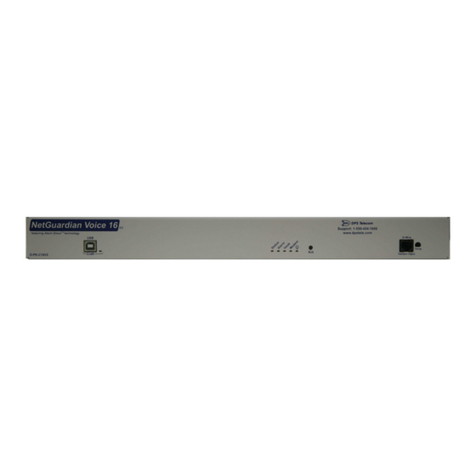
DPS Telecom
DPS Telecom NetGuardian V16 G2 User manual
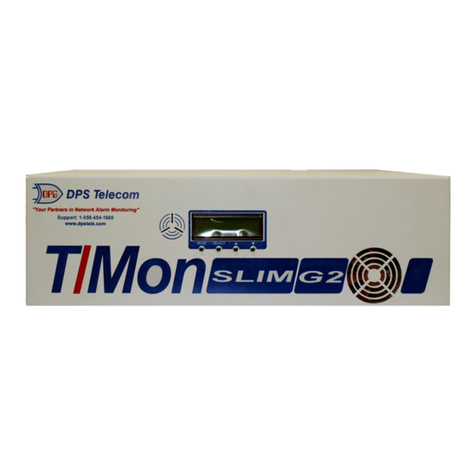
DPS Telecom
DPS Telecom T/Mon LNX User manual
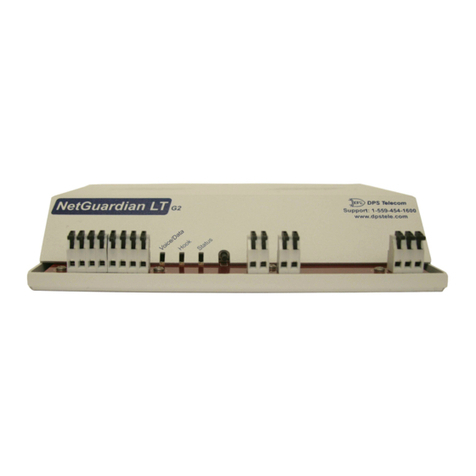
DPS Telecom
DPS Telecom NetGuardian LT G2 User manual
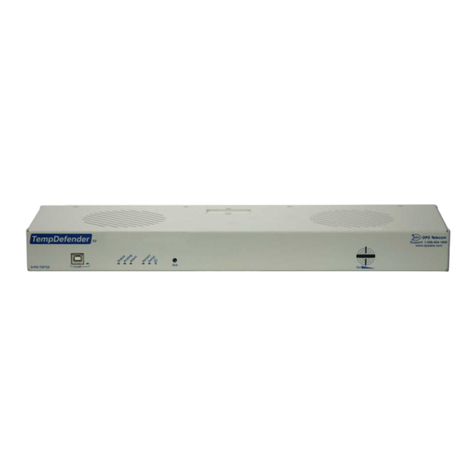
DPS Telecom
DPS Telecom TempDefender G2 User manual
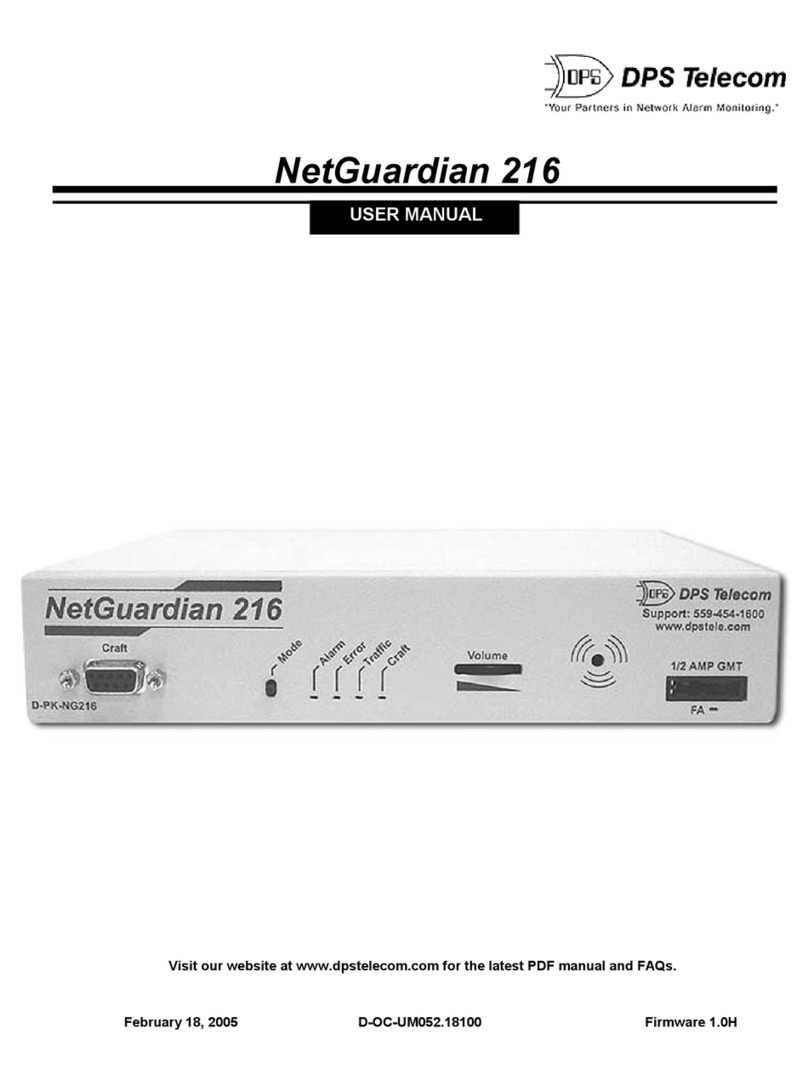
DPS Telecom
DPS Telecom NetGuardian 216 User manual

DPS Telecom
DPS Telecom T/Mon LNX User manual
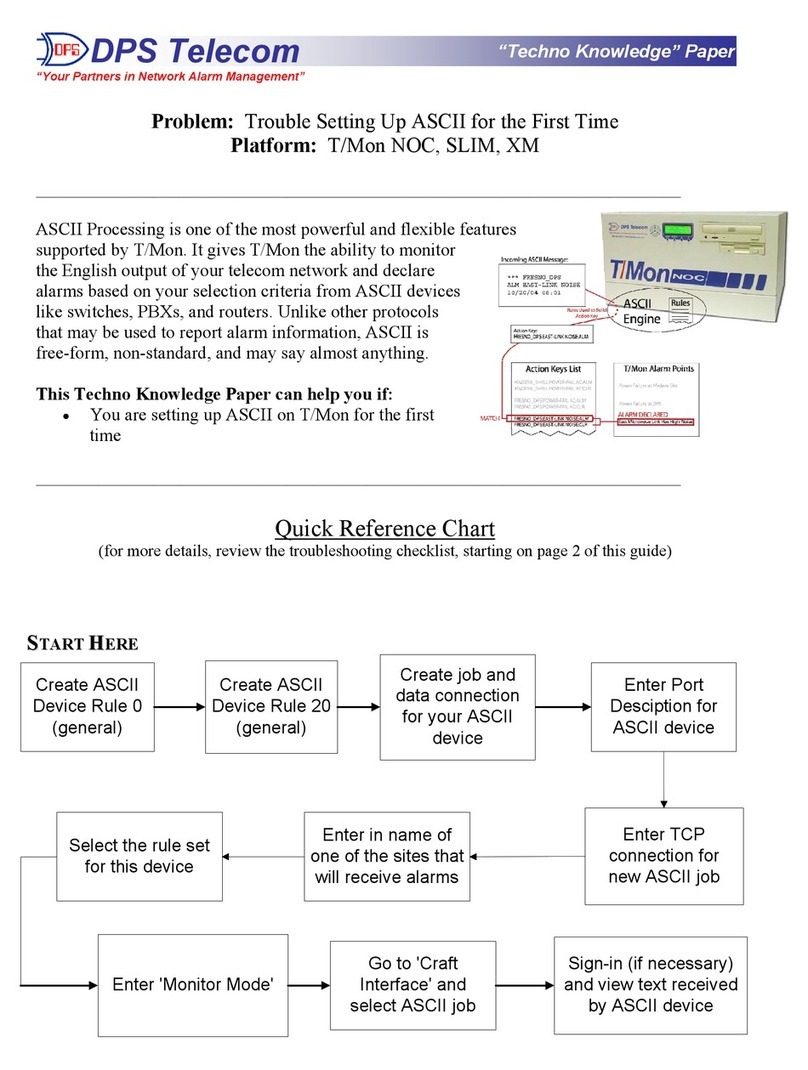
DPS Telecom
DPS Telecom T/Mon NOC User manual
Popular Measuring Instrument manuals by other brands

Powerfix Profi
Powerfix Profi 278296 Operation and safety notes

Test Equipment Depot
Test Equipment Depot GVT-427B user manual

Fieldpiece
Fieldpiece ACH Operator's manual

FLYSURFER
FLYSURFER VIRON3 user manual

GMW
GMW TG uni 1 operating manual

Downeaster
Downeaster Wind & Weather Medallion Series instruction manual

Hanna Instruments
Hanna Instruments HI96725C instruction manual

Nokeval
Nokeval KMR260 quick guide

HOKUYO AUTOMATIC
HOKUYO AUTOMATIC UBG-05LN instruction manual

Fluke
Fluke 96000 Series Operator's manual

Test Products International
Test Products International SP565 user manual

General Sleep
General Sleep Zmachine Insight+ DT-200 Service manual















